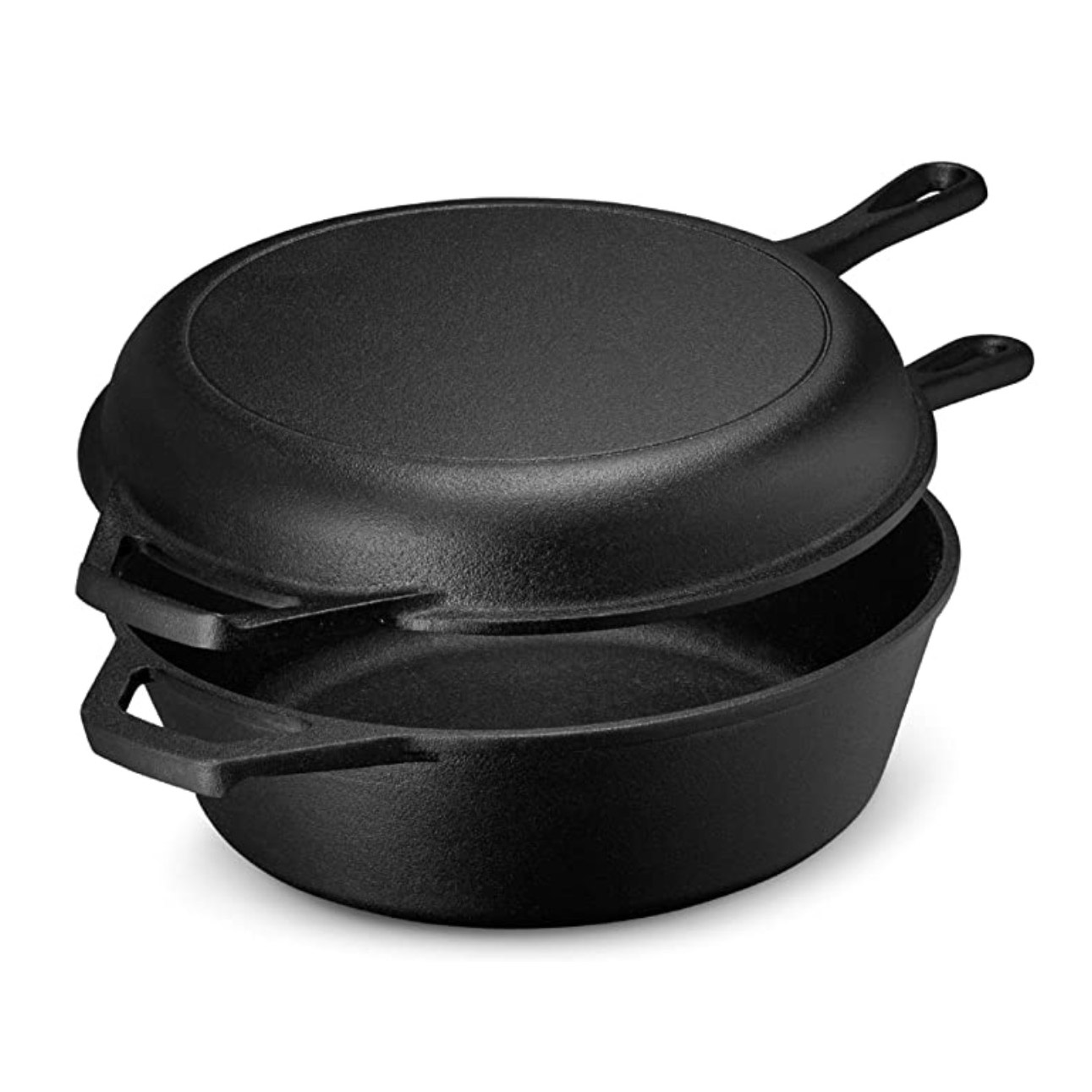- 150m Southwards, West DingWei Road, Nanlou Village, Changan Town, GaoCheng Area, Shijiazhuang, HeBei, China
- monica@foundryasia.com
Nov . 23, 2024 08:01 Back to list
enamel coated cast iron pot manufacturers
The Rise of Enamel Coated Cast Iron Pot Manufacturers
In recent years, the culinary world has witnessed a resurgence in the popularity of cast iron cookware, especially enamel coated cast iron pots. These versatile cooking vessels combine the excellent heat retention and distribution properties of traditional cast iron with a colorful, non-reactive enamel finish that enhances both functionality and aesthetics. As a result, enamel coated cast iron pot manufacturers have flourished, catering to the growing demand from home cooks and professional chefs alike.
The Craftsmanship Behind Enamel Coated Cast Iron Pots
The manufacturing process of enamel coated cast iron pots is both an art and a science. It begins with the selection of high-quality cast iron, which is known for its durability and ability to withstand high temperatures. Once the raw iron is cast into the desired shape, it undergoes a meticulous enamel coating process. The enamel is typically made of powdered glass, which is fused to the cast iron at extremely high temperatures. This technique creates a smooth, glossy finish that is resistant to scratches, chips, and stains.
Manufacturers pride themselves on their craftsmanship, as each piece is often handmade or produced in limited batches. This dedication to quality ensures that the pots not only perform exceptionally but also look stunning in any kitchen setting. The broad palette of colors available further allows consumers to choose pieces that match their kitchen decor and personal style.
Benefits of Enamel Coated Cast Iron Cookware
1. Versatility Enamel coated cast iron pots can be used on various heat sources, including gas, electric, and induction stoves. They are also oven-safe, making them ideal for braising, roasting, and baking. Additionally, they can be used for a wide range of cooking styles, from stovetop to oven-baked dishes.
2. Non-Reactive Surface Unlike bare cast iron, which can react with acidic foods, enamel coated pots provide a non-reactive surface. This means that cooks can prepare acidic dishes, like tomato sauce or citrus-infused recipes, without worrying about flavor alterations or damage to the pot.
3. Easy Maintenance The smooth enamel surface is relatively easy to clean, often requiring just warm soapy water and a gentle sponge. Many manufacturers also produce dishwasher-safe models, adding to the convenience of enamel coated cookware.
enamel coated cast iron pot manufacturers

4. Durability While enamel coated pots do require some care to avoid chipping, when properly maintained, they can last for generations. This durability makes them a worthwhile investment for both home cooks and professional kitchens.
The Market Landscape
The growing trend towards healthy cooking and gourmet home cooking has led to increased demand for enamel coated cast iron pots. Manufacturers have responded by expanding their product lines, introducing various sizes and designs to cater to different culinary needs. Brands such as Le Creuset, Staub, and Lodge have established themselves as leaders in the market, but smaller artisanal producers have also gained traction, appealing to consumers seeking unique, handcrafted pieces.
In addition to traditional retailers, online shopping has become a pivotal distribution channel for enamored cookware. Consumers can easily compare products, read reviews, and access a broader selection of colors and sizes, which has propelled the growth of enamel coated cast iron pot manufacturers in e-commerce.
Sustainability and Future Trends
As consumers become more environmentally conscious, many manufacturers have begun to adopt sustainable practices in their production processes. This includes using recycled materials, minimizing waste, and implementing energy-efficient production methods. Brands that prioritize sustainability are likely to attract eco-minded consumers, further influencing the development of the market.
Looking ahead, the enamel coated cast iron cookware sector is poised for continued growth. Manufacturers are expected to innovate, possibly introducing new technologies to enhance the cooking experience, such as improved heat retention or stain resistance. Additionally, collaborations with chefs and culinary influencers could lead to exclusive product lines that capture the imagination of both novice and seasoned cooks.
Conclusion
Enamel coated cast iron pot manufacturers have solidified their place in modern kitchens, offering versatile, beautiful, and durable cookware options. As culinary trends evolve and consumer preferences shift towards sustainability and performance, these manufacturers are well-positioned to adapt, ensuring that enamel coated cast iron pots remain a staple in both home and professional kitchens for years to come. Whether for sautéing, baking, or serving, these pots continue to be cherished tools for culinary creativity, bridging tradition with modern innovation.
-
Best Cast Iron Frying Pan for Induction Cooktop – Durable & Non-Stick Skillet Supplier
NewsJul.08,2025
-
Best Cast Iron Skillet Quality High Performance Cookware for Grill, Pizza, & Stir-Fry
NewsJul.08,2025
-
Premium Cast Iron Pan Set – Durable, Nonstick & Versatile Cookware for All Kitchens
NewsJul.08,2025
-
Blue Cast Iron Dutch Oven – Premium Enamel Cookware for Kitchen & Baking
NewsJul.07,2025
-
Best Enamel Dutch Oven for Bread - White Enamel Cast Iron Dutch Oven Service & Pricelist
NewsJul.07,2025
-
3.5 Qt Enameled Cast Iron Dutch Oven – Durable, Versatile & Stylish Cookware for Every Kitchen
NewsJul.07,2025